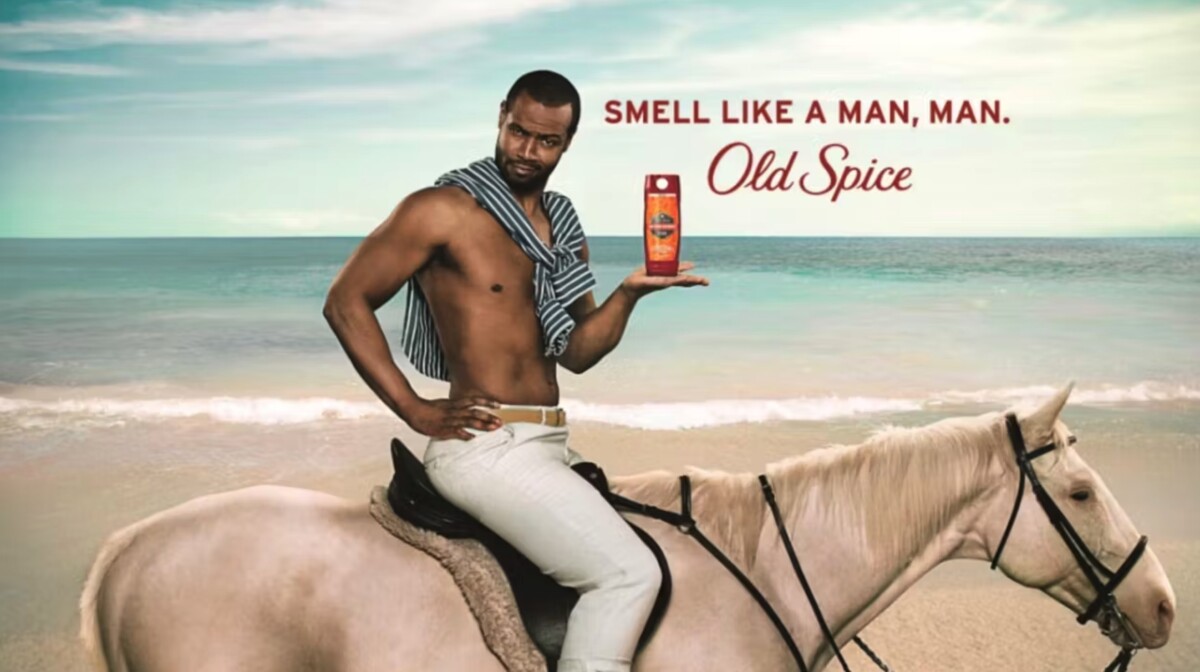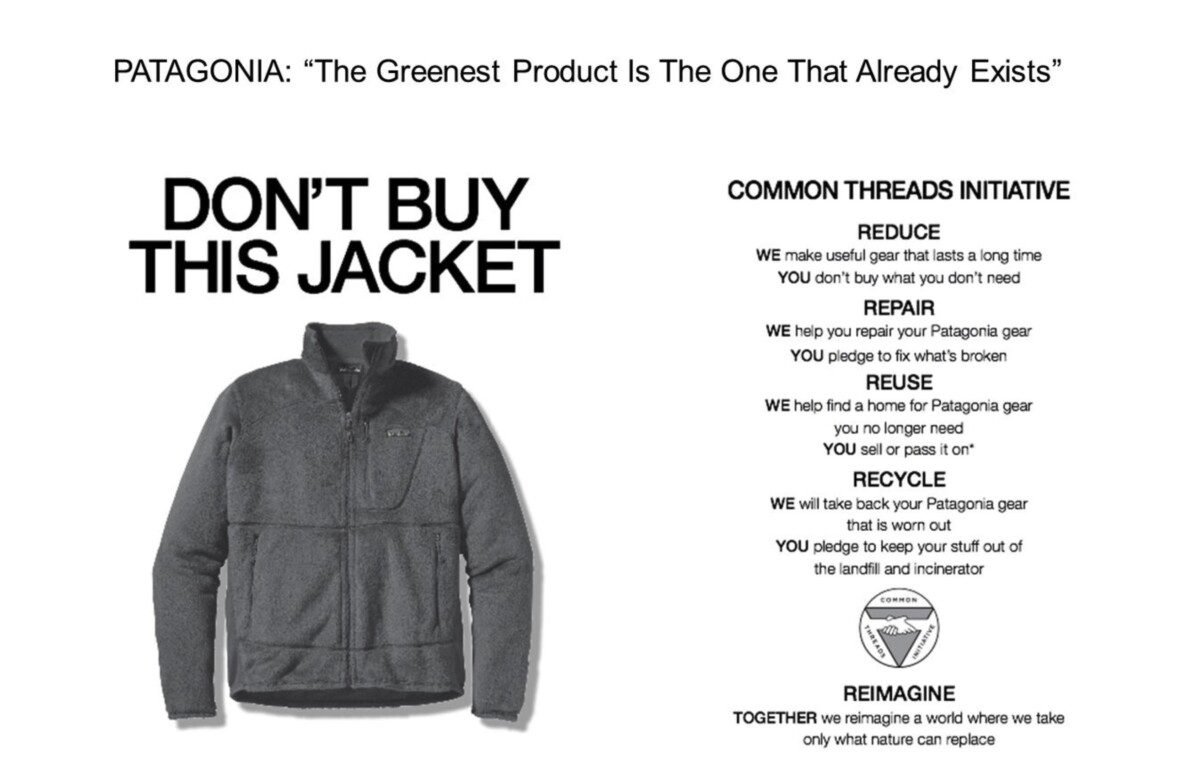Key Takeaways
- 59% of consumers prefer buying from familiar brands, making brand awareness crucial for long-term business growth
- Visual content drives engagement – 65% of people are visual learners, making innovative design essential for campaign success
- Personalization can transform sales – Coca-Cola’s “Share a Coke” campaign boosted U.S. sales by 2% after years of decline
- 86% of consumers rank authenticity as key when choosing brands to support – genuine storytelling beats traditional advertising
- Cross-platform consistency in messaging creates stronger brand recognition and deeper emotional connections with customers
Do you have the feeling that everywhere you look, there’s someone trying to sell you something?
In our favorite movies, we see product placement. On Instagram, we see ads for the exact same cream your favorite blogger uses. On the street, at the bus stop, in the gym locker room, in the fitting room… There are ads everywhere.
There’s so much of it that sometimes it seems like we’re swimming in a huge marketing soup. It can be hard to distinguish the ingredients.
However, if you own or represent a brand, it’s vital for you that people can get a “taste” of it. It is also important that they like it. But the most important thing, still, is that they recognize it.
So the question arises: how do you make your brand a recognizable ingredient in this huge marketing soup called reality?
What is a Brand Awareness Campaign?
A brand awareness campaign helps consumers get to know your brand better. It highlights your identity, values, and offerings. Instead of just focusing on quick sales, these campaigns build recognition and create positive feelings about the brand. This approach helps foster long-term customer loyalty.
The importance of brand awareness is clear in the stats. A Nielsen study found that 59% of consumers prefer to buy new products from brands they know. This underscores how crucial visibility and connection are in influencing consumer choices.
The Hallmarks of Campaigns That Stand Out
In a world full of brands competing for attention, some campaigns truly stand out. The most successful ones connect with us emotionally. They don’t just throw ads at us; they create memorable experiences. A great campaign goes beyond showcasing a product. It tells a story and sparks our curiosity. Often, it gets us talking with others. It’s about creating a bond that keeps us engaged long after we’ve seen the ad.
Key Elements of a Memorable Brand Awareness Campaign
1. Defining a Unique Value Proposition
You probably know that to stand out from your competitors, you need to offer your target audience something that is valuable to them. However, this value must not just exist on its own but must be unique enough to still be an argument for attracting attention to your brand, not a weird add-on to it. A unique value proposition (UVP) should be all of these things.
Consider Dove’s “Real Beauty” campaign. It challenges conventional standards of beauty by celebrating real, diverse women. Dove struck a chord with its audience on a personal level. Their UVP promotes self-confidence through authenticity. Every woman was able to see herself in this campaign, and therefore, every woman felt important, visible, and empowered. This campaign was extremely successful, not only increasing the popularity of the brand but also reflecting society’s demand for representation of different types of people in advertising.

2. Importance of Visuals, Design, and Innovative Approaches
Did you know that about 65% of people are visual learners? Evolution gave us vision and reflexes to spot the unusual and escape predators. Today, we can use that same mechanism to go on the marketing hunt for potential customers. Visually appealing designs and innovative formats for your advertising are more advantageous than the same old, same old. However, there are nuances to consider here, too.
A great example of this innovative approach is Coca-Cola’s “Share a Coke” campaign. They personalized bottles with popular names. This simple yet brilliant idea tapped into people’s desire for connection. It made them feel included and part of something special. You could say that Coca-Cola reduced the theory of six handshakes to one can of Coke. As a result, the campaign led to a 2% increase in U.S. sales after years of decline. It’s amazing how a smart, interactive approach can turn things around!

3. Delivering a Cohesive Message Across Platforms
You probably know the McDonald’s slogan. You may have even sung it in your head while reading these lines. You’ve seen it on TV, on billboards, and on social media. It’s a slogan that is repeated everywhere. It is memorable. This point does not refer to slogans but to the overall advertising narrative for the brand across platforms. This approach creates a smooth and engaging experience for the audience. When you hear familiar words, you’ll immediately think of a familiar brand and remember what they advertised.
A great example is Nike’s “Dream Crazy” campaign. Featuring Colin Kaepernick, this campaign shared a powerful message of courage and perseverance. It spanned social media, TV ads, and digital platforms. By crafting a unified and emotionally resonant story, Nike connected with its audience on a deeper level. This showcased the brand’s commitment to bold values.

More awareness campaign examples are here.
4. Creativity, Authenticity, and Strategy
Creativity, authenticity, and strategy are the trifecta that build successful campaigns. Each element plays a vital role in creating messages that resonate with people.
Creativity makes campaigns memorable. Think about Old Spice’s “The Man Your Man Could Smell Like.” It had a quirky and funny vibe. This really sets it apart from the usual ads we see. This fresh approach revitalized a struggling brand and garnered over 100 million views on YouTube.

Authenticity involves being genuine. Today’s consumers can easily spot a fake. A survey from Stackla found that 86% of people consider authenticity vital when selecting brands to support. Take Patagonia, for example. Their campaigns reflect a real commitment to environmental activism. This honesty resonates deeply with their audience.

Next is strategy. Here, planning becomes crucial. A well-thought-out strategy ensures wise resource use, accurate audience identification, and measurable success. Strategically executed campaigns stick in our minds and provide valuable insights for the future. This makes it easier to fine-tune and improve over time.
When these three elements come together, they ignite campaigns that grab people’s attention. These campaigns also help build meaningful, lasting relationships with consumers.
Measuring Success: The Metrics That Matter
Of course, content is king. But a king cannot rule without a kingdom. And the advertising kingdom is metrics data, which should be constantly monitored and adjusted if necessary after the launch of your advertising campaign. Key performance indicators (KPIs) like brand recall, website traffic, social media engagement, and sentiment analysis can tell you a lot about your audience and their preferences.
Conclusion
In a world saturated with marketing messages, it’s not enough to just be seen. You need to be remembered, felt, and valued. A truly effective brand awareness campaign is like that special ingredient in your favorite recipe. It adds character and depth and leaves a lasting impression.
To make this happen, your brand needs a unique value proposition. Think about innovative visuals that capture attention. Ensure your message is consistent across different platforms. It’s all about blending creativity, authenticity, and strategy into every part of your campaign. Make sure it connects on an emotional level and builds trust.
Success goes beyond making sales. It’s about cultivating relationships, initiating conversations, and inspiring loyalty. Share stories that genuinely resonate. Engage your audience in meaningful ways. Always be open to refining your approach based on the insights you gather.
Remember, brands that stick with us are the ones that give us more than just products. They share a piece of who they are. Focus on being that memorable brand that people not only recognize but also feel connected to.
Frequently Asked Questions
What makes a brand awareness campaign different from regular advertising?
A brand awareness campaign focuses on building long-term recognition and emotional connections rather than driving immediate sales. It helps shape how people feel about your brand and creates lasting memories that influence future purchasing decisions, making it more strategic and relationship-focused than traditional promotional advertising.
How long does it typically take to see results from a brand awareness campaign?
Brand awareness campaigns typically show measurable results within 3-6 months, though significant brand recognition can take 12-18 months to establish. Success depends on campaign consistency, reach, and how well the message resonates with your target audience – quick viral moments can accelerate awareness, but sustained efforts build lasting recognition.
What’s the biggest mistake companies make with brand awareness campaigns?
The most common pitfall is trying to appeal to everyone instead of focusing on a specific target audience. Companies often dilute their message by attempting to be everything to everyone, when successful campaigns like Dove’s “Real Beauty” succeeded by speaking authentically to a defined audience segment with a clear, focused message.
How much should I budget for a brand awareness campaign?
While budgets vary widely, successful brand awareness campaigns typically allocate 10-20% of their total marketing budget to awareness-specific initiatives. Focus on consistent, strategic spending across multiple channels rather than one-time large expenditures, as building brand recognition requires sustained effort over time.
Can small businesses run effective brand awareness campaigns?
Small businesses can create impactful brand awareness campaigns by focusing on local markets and leveraging digital platforms. Success comes from authentic storytelling, community engagement, and consistent messaging across affordable channels like social media, local partnerships, and content marketing.
How do you measure brand awareness success beyond basic metrics?
Look beyond standard metrics like views and engagement to measure brand sentiment, share of voice, and direct brand mentions. Track increases in direct website traffic, branded search terms, and social media following growth patterns to gauge true awareness impact.
What role does social media play in modern brand awareness?
Social media serves as a crucial platform for humanizing your brand and creating two-way conversations with your audience. It allows for real-time engagement, user-generated content opportunities, and the ability to showcase brand personality through consistent, authentic content sharing.
How often should brand awareness messaging be updated?
Refresh your brand awareness messaging every 12-18 months while maintaining core brand values and visual identity. This allows you to stay relevant and respond to market changes while building on existing brand recognition rather than starting from scratch.
What’s the relationship between brand awareness and customer loyalty?
Brand awareness creates the foundation for customer loyalty by establishing familiarity and trust before purchase decisions. When people know and connect with your brand values, they’re 59% more likely to choose your products over unknown alternatives, leading to stronger customer relationships.
How can I make my brand stand out in saturated markets?
Focus on developing a unique value proposition that addresses an underserved need or perspective in your market. Success comes from combining innovative visual approaches with authentic storytelling, like Old Spice’s transformation from a traditional brand to a quirky, memorable personality that captured new audience segments.




